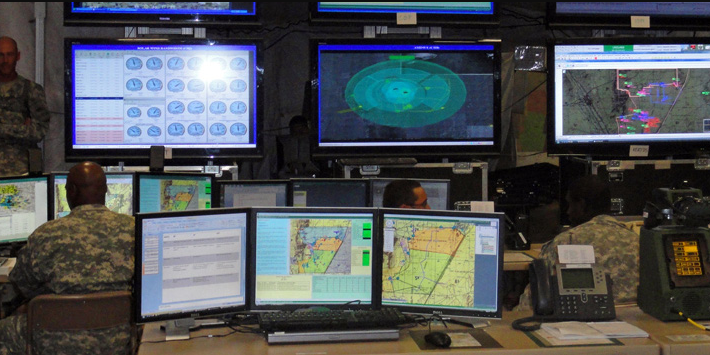Hostile, deployed directed-energy weapons (DEWs) are now in place, including advanced mobile laser and radio-frequency systems. Russia has DEWs based on both high-energy lasers and millimeter wave/microwave systems that threaten friendly assets such as planes, vehicles, and fused ballistic weapons dependent on electronics. This document lists possible DEW evasion techniques and provides a compilation of existing applications and software libraries that could inform decision-makers on which evasion techniques are exploitable and the environmental inputs that existing physics-based models need to calculate the environmental impact on DEW performance. Some applications analyze DEW sensor system performance and some analyze DEW overall system performance. Both types of applications contribute to plans for evading deployed DEW systems. This compilation supports the notion that it is feasible to develop a pathfinder tool that can be used in North Atlantic Treaty Organization and U.S. force wargaming to simulate current and future concept RED Team DEW threats and counters against these threats.


